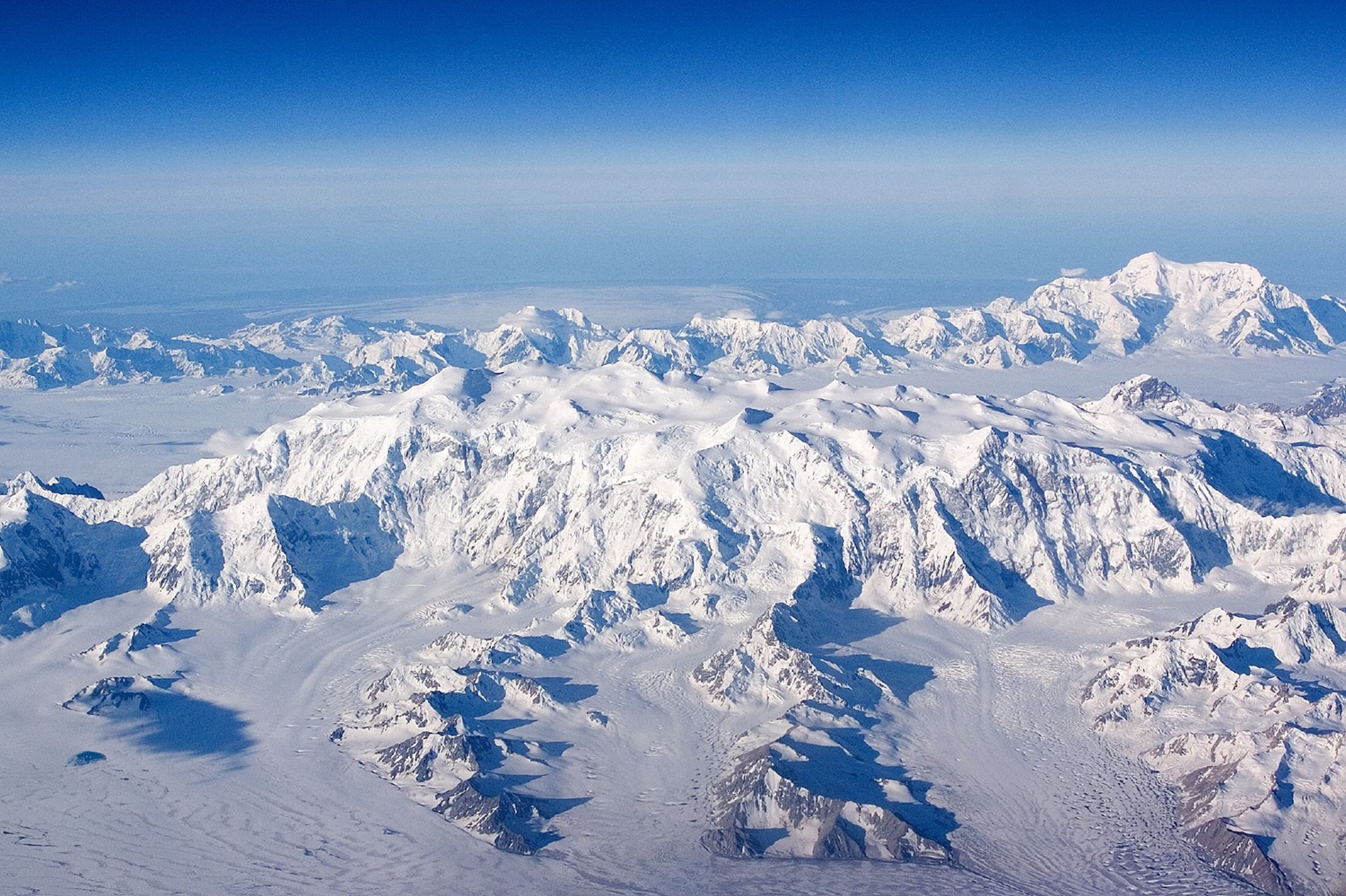A cordillera is a major system of often parallel mountain ranges that includes the intervening plateaus, valleys and plains. In Canada, two cordilleras exist: the Western Cordillera and the Arctic Cordillera.

Terminology
The term cordillera is Spanish and dates from the early 18th century. It derives from the Old Spanish word cordilla, which was the diminutive form of cuerda (meaning “cord,” “string” or “rope”), from the Latin chorda. The Spanish used the plural term cordilleras to refer to South America's parallel Andean mountain ranges. While cordilleras of this definition are found worldwide, outside of North and South America, the singular term typically refers to individual mountain ranges.
Western Cordillera
On the North American continent, the westernmost physiographic region that extends from Mexico to Alaska is commonly called the Western Cordillera, Cordilleran region or simply Cordillera. The Canadian portion of this system includes the Rocky Mountains and the Coast Mountains. While the Canadian portion of this cordillera covers most of British Columbia and Yukon, it also extends into parts of Alberta and the Northwest Territories.
The Western Cordillera comprises several ecozones, including the Taiga Cordillera Ecozone, the Boreal Cordillera Ecozone and the Montane Cordillera Ecozone (see Natural Regions).

Arctic Cordillera
The Arctic Cordillera is a series of mountain ranges in northeastern Nunavut and northern Labrador. This is also the name of the region’s ecozone (see Natural Regions).


 Share on Facebook
Share on Facebook Share on X
Share on X Share by Email
Share by Email Share on Google Classroom
Share on Google Classroom


